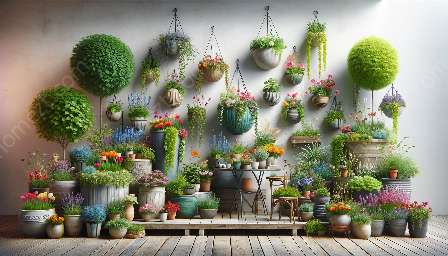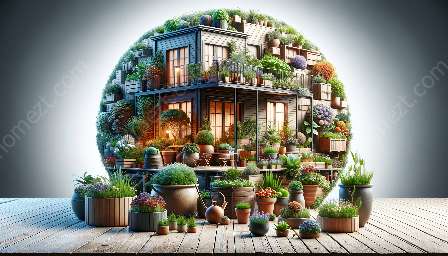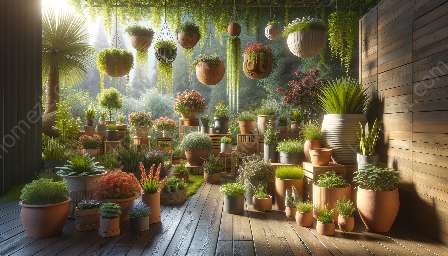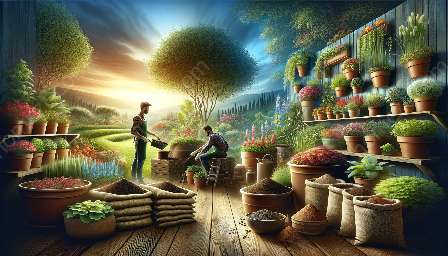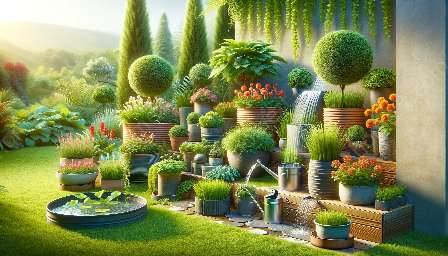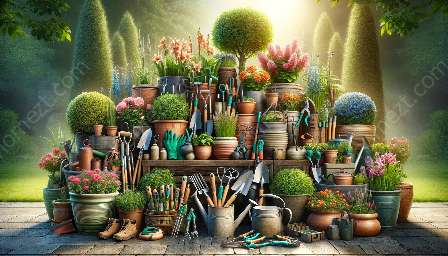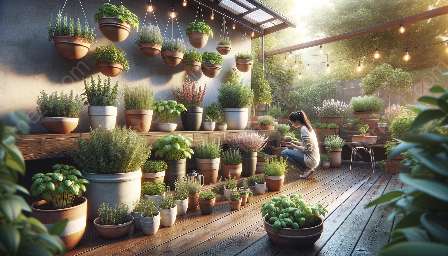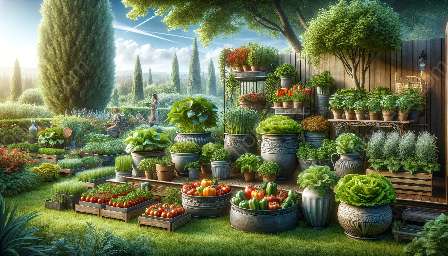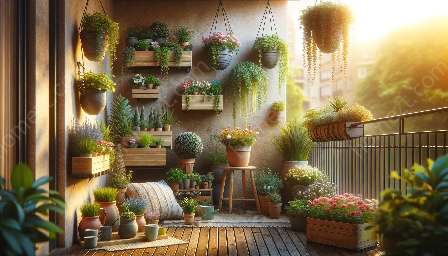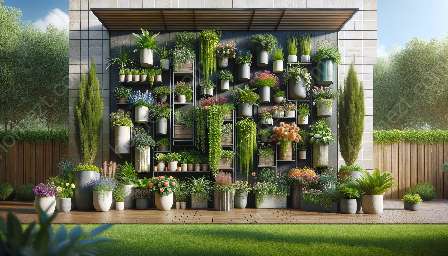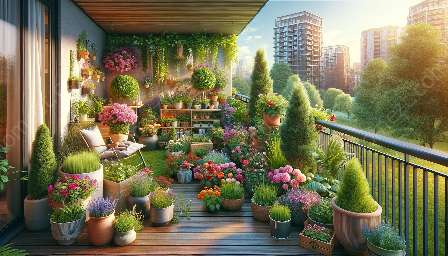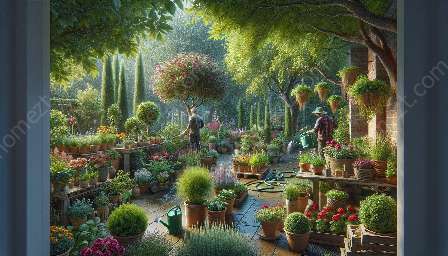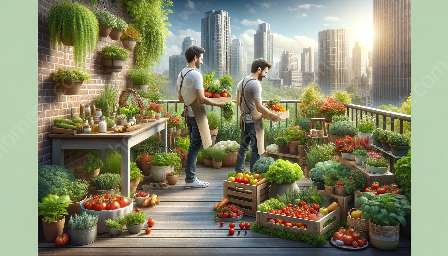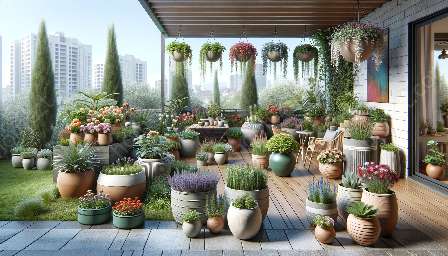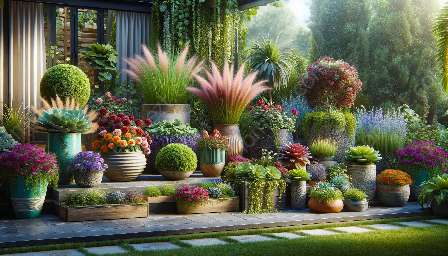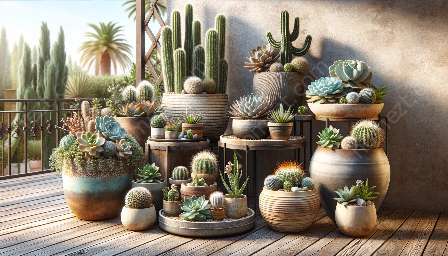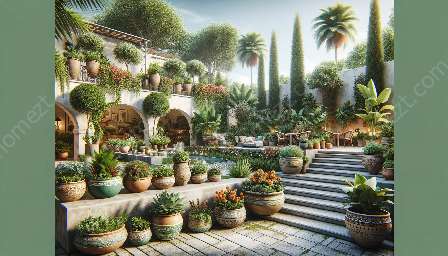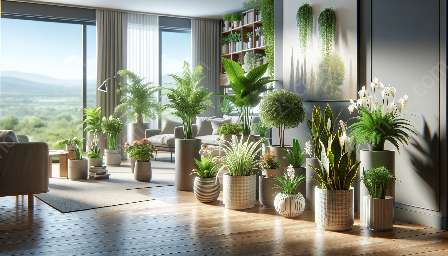Container gardening is a versatile and rewarding way to grow vegetables, herbs, and fruits in a limited space. It offers the flexibility to create a thriving garden on patios, balconies, or even in small yards. By embracing container gardening, individuals can explore their creativity, utilize space efficiently, and enjoy a bountiful harvest.
Benefits of Container Gardening
Container gardening offers numerous advantages, making it an increasingly popular choice for both novice and experienced gardeners. Here are some key benefits:
- Versatility: Containers come in various shapes, sizes, and materials, allowing you to customize your garden and adapt to any space.
- Accessibility: With containers, you can position your plants at an ideal height for easy maintenance and harvesting, reducing the strain on your back and knees.
- Portability: Containers can be moved to different locations, enabling gardeners to adjust the amount of sunlight and shade their plants receive.
- Pest and Disease Management: Container gardening can help minimize the risk of pests and diseases, making it easier to maintain plant health.
- Decorative Appeal: Container gardens can add visual interest and enhance the aesthetic appeal of any outdoor space.
Choosing the Right Containers
When it comes to growing vegetables in containers, selecting the right containers is crucial for the success of your garden. Consider the following factors when choosing your containers:
- Size: Ensure that the containers are large enough to accommodate the root systems of the vegetables you want to grow. Carrots and tomatoes, for example, require deeper containers than lettuces or herbs.
- Drainage: Good drainage is essential to prevent waterlogged soil, so look for containers with drainage holes. If the container of your choice doesn't have drainage holes, you can drill or punch holes in the bottom.
- Material: Containers can be made of various materials, including plastic, clay, wood, or metal. Each material has its advantages and considerations, so choose the one that best suits your needs and aesthetic preferences.
Soil and Planting Mix
The quality of the soil directly impacts the health and productivity of your container garden. Consider these tips for selecting the right soil and planting mix:
- Use a Potting Mix: A lightweight, well-draining potting mix designed for container gardening is essential for healthy plant growth. Avoid using garden soil alone, as it can become compacted and hinder root development.
- Fertility: Choose a potting mix with added organic matter or slow-release fertilizers to provide essential nutrients to your plants throughout the growing season.
Selecting Vegetables for Container Gardening
Many vegetables are well-suited for container gardening, and with proper care and attention, they can thrive in a confined space. Here are some popular vegetables that are ideal for growing in containers:
- Tomatoes: Compact varieties of tomatoes, such as cherry or patio tomatoes, are well-suited for containers. Make sure to provide support for the vines as they grow.
- Peppers: Bell peppers, chili peppers, and other varieties can flourish in containers, as long as they receive plenty of sunlight and warmth.
- Herbs: Herbs like basil, mint, parsley, and thyme are excellent choices for container gardens, adding flavor and fragrance to your outdoor space.
- Salad Greens: Lettuces, kale, and arugula can be grown in shallow containers and provide an abundance of fresh greens for salads.
- Root Vegetables: Carrots, beets, and radishes can thrive in deep, well-draining containers, provided they have enough space for their roots to develop.
Caring for Your Container Garden
Proper care and maintenance are essential for the success of your container garden. Here are some key care tips to keep your vegetables thriving:
- Watering: Monitor the moisture levels in the soil and water your containers regularly. During hot weather, containers may require daily watering to keep the soil consistently moist but not waterlogged.
- Fertilizing: Provide nutrients to your plants by applying a balanced, water-soluble fertilizer according to the instructions on the label.
- Pruning and Training: Some plants, such as tomatoes and peppers, may require pruning and training to encourage healthy growth and maximize yields.
- Pest and Disease Management: Regularly inspect your plants for signs of pests or diseases, and take appropriate measures to address any issues.
- Seasonal Maintenance: Prepare your container garden for seasonal changes by adjusting watering, fertilizing, and protecting plants from extreme weather conditions.
Enhancing Your Gardening Skills
Container gardening not only provides a practical way to grow vegetables but also offers an opportunity to enhance your gardening and landscaping skills. Through container gardening, you can develop a deeper understanding of plant care, design appealing outdoor spaces, and experiment with different plant combinations and arrangements.
By mastering the art of growing vegetables in containers, you can create a vibrant and productive garden that complements your lifestyle and surroundings.

